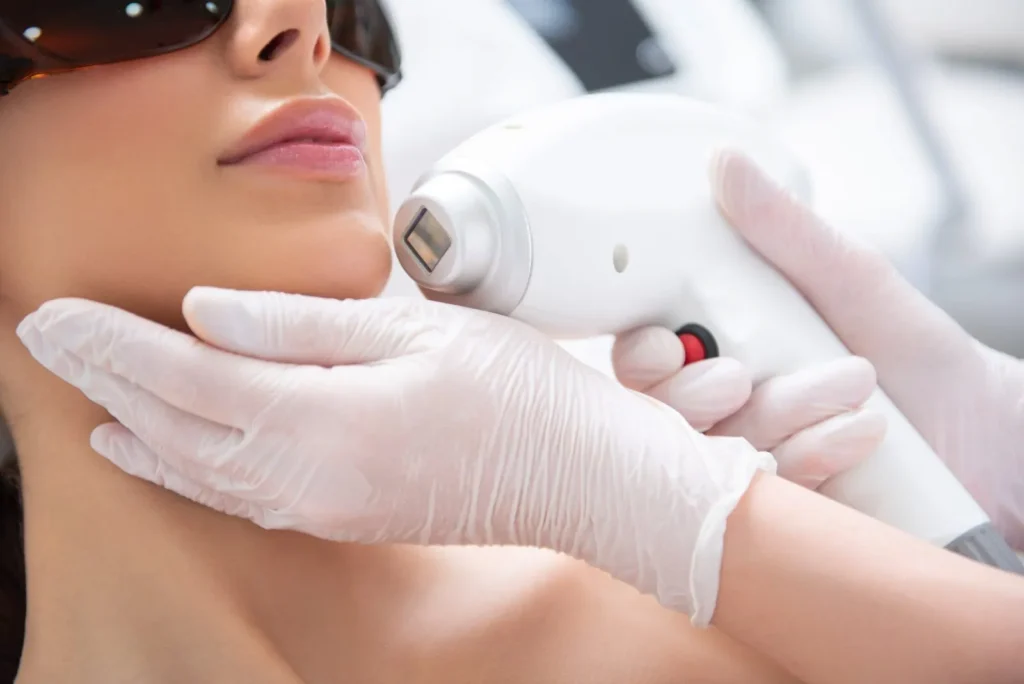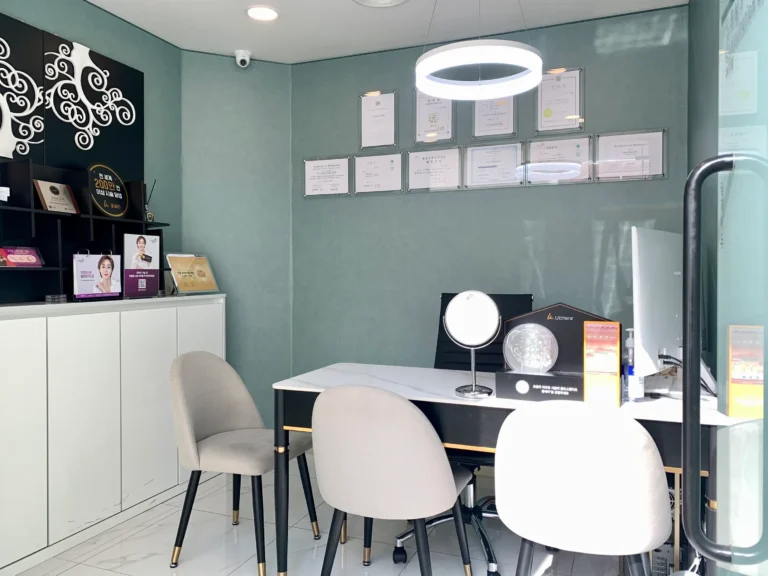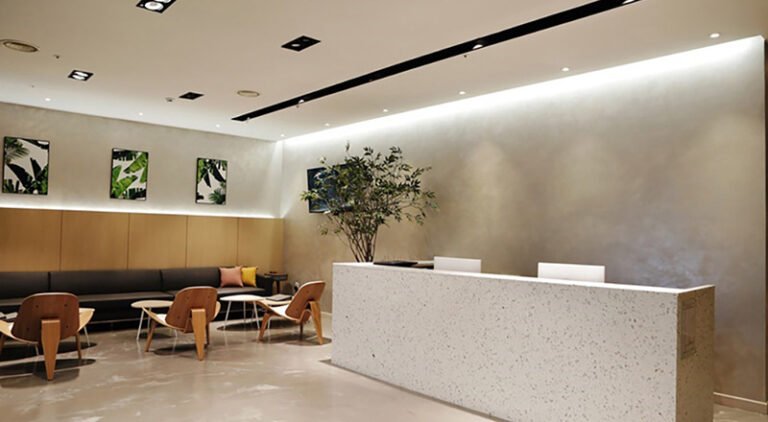South Korea is globally recognized for its mastery in advanced skin treatments, and Pico Laser is a cornerstone procedure offered at most dermatology clinics—particularly for pigmentation, melasma, and acne scars. But to maximize and maintain results, Korean dermatologists often combine Pico Laser with prescription-strength skincare customized to your skin type and concerns.
If you’re a medical tourist planning a laser treatment in Korea, this comprehensive guide explains how Korean clinics integrate Pico Laser + medical-grade skincare into a results-driven, synergistic protocol—so you can make the most of your visit.
🧬 Why Combine Pico Laser with Prescription Skincare?
While Pico Laser effectively targets and shatters pigment deep within the skin, your skincare routine determines how well your skin heals, renews, and maintains clarity. Korean dermatologists recommend a two-pronged approach:
| Pico Laser | Prescription Skincare |
|---|---|
| Targets melanin, acne marks, or scars | Inhibits melanin production and promotes skin turnover |
| Stimulates collagen and elastin | Strengthens the skin barrier and calms inflammation |
| Delivers fast results | Sustains results long-term |
🏥 What Korean Clinics Offer: 3-Part Pigmentation Protocol
Most reputable Korean clinics use a 3-phase protocol for pigmentation patients, especially international visitors with limited time:
🔹 Phase 1: Laser Session
- High-precision PicoPlus, PicoSure, or Discovery PICO
- Targets specific pigmentation (melasma, freckles, acne marks)
- Optional full-face pass for rejuvenation
🔹 Phase 2: Prescription Skincare Plan
- Topical melanin inhibitors (e.g., hydroquinone, tretinoin, or tranexamic acid)
- Barrier-repairing moisturizers with ceramides and Centella Asiatica
- Oral prescriptions (like tranexamic acid tablets) for melasma, if suitable
🔹 Phase 3: Ongoing Skincare Maintenance at Home
- Post-treatment sunscreen
- Brightening serums (e.g., niacinamide, azelaic acid)
- Scheduled re-application of melanin suppressors (in cycles)
“Pico Laser initiates the healing process, but it’s the prescription skincare that maintains skin clarity and prevents new pigmentation from forming.”
— Dr. Jihye Park, Laser Dermatologist, Seoul
🌍 For Medical Tourists: How the Combined Approach Works
✅ Step 1: Initial Consultation (Day 1)
- High-tech imaging (VISIA or OBSERV) to assess pigmentation depth and type
- Discussion of medical history, current skincare, and past treatments
- Skin sensitivity test (especially for retinoids or acids)
✅ Step 2: Pico Laser Treatment (Day 1 or 2)
- Focused session targeting pigment spots
- Mild redness expected post-treatment
- Cooling mask and post-laser ampoule often included
✅ Step 3: Prescription Skincare Pickup (Same Day)
- You’re given:
- Topical cream (e.g., hydroquinone 4%) to apply 2–3 nights/week
- Mild retinoid to boost turnover and fade residual pigment
- Gentle barrier-repair cream (to be used daily)
- Sunscreen SPF 50+, preferably PA++++ rated
💡 TIP: Ask for instructions in English and an itinerary-friendly version if you’re traveling shortly after your session.
💊 Common Prescription-Strength Products Used in Korea
| Ingredient | Purpose | Korean Clinic Usage |
|---|---|---|
| Hydroquinone 4% | Inhibits melanin production | Short-term cycles (4–6 weeks) |
| Tretinoin 0.025–0.05% | Promotes skin turnover | Low dose, used 2–3x/week |
| Tranexamic Acid (oral/topical) | Inhibits melanocyte activity (melasma) | Common for stubborn pigment |
| Niacinamide 5% | Anti-inflammatory, brightening | Often compounded into post-care creams |
| Centella Asiatica | Soothes and repairs | Included in moisturizers and sheet masks |
🏠 Aftercare at Home: Your Skincare Routine (Post-Trip)
Many Korean clinics offer homecare kits or can write down what to purchase when you return home. Your daily post-treatment routine may include:
Morning:
- Gentle foam cleanser
- Hydrating toner (alcohol-free)
- Antioxidant serum (Vitamin C or niacinamide)
- Barrier-repair cream
- Broad-spectrum sunscreen SPF 50+
Night:
- Cleanser + toner
- Alternating nights:
- Night 1: Retinoid
- Night 2: Tranexamic acid cream or hydroquinone
- Moisturizer with ceramides
- Optional calming mask (2x per week)
⚠️ Avoid exfoliating acids (AHA/BHA), scrubs, or whitening products not prescribed by your dermatologist during the first 7–10 days after laser.
📅 How Long Do Results Last?
- Visible results from Pico Laser + skincare often appear within 2–3 weeks
- With consistent skincare, pigment recurrence is significantly reduced
- Patients with melasma may need ongoing maintenance (laser every 3–6 months)
✈️ Tips for Medical Tourists
- Ask your clinic for travel-sized versions of prescription creams
- Keep products cool during flight—request thermal pouches if needed
- Plan your flight home 1–2 days after laser, allowing skin to settle
- Request an English treatment summary for customs or future dermatologists
🧾 Cost Breakdown (Approximate for Medical Tourists)
| Item | Estimated Cost (KRW) | USD Approx. |
|---|---|---|
| Pico Laser (1 session) | ₩200,000–₩350,000 | $150–$260 |
| Prescription Creams (Set) | ₩60,000–₩150,000 | $45–$110 |
| Oral Medications (optional) | ₩30,000–₩70,000 | $25–$55 |
| Homecare Skincare Kit | ₩80,000–₩200,000 | $60–$150 |
💬 What Korean Surgeons Recommend
“Many international patients think one laser session is enough, but the real secret lies in how the skin is cared for in the weeks afterward. Prescription skincare prevents rebound pigmentation and accelerates recovery.”
— Dr. Hyunseo Lim, Seoul Aesthetic Laser Center
Conclusion
Combining Pico Laser treatment with prescription-strength skincare is the gold standard for treating pigmentation in Korea—especially for patients visiting from overseas. With precise laser technology, medical-grade topicals, and clear instructions from top dermatologists, medical tourists can achieve long-lasting, radiant results safely and effectively.




